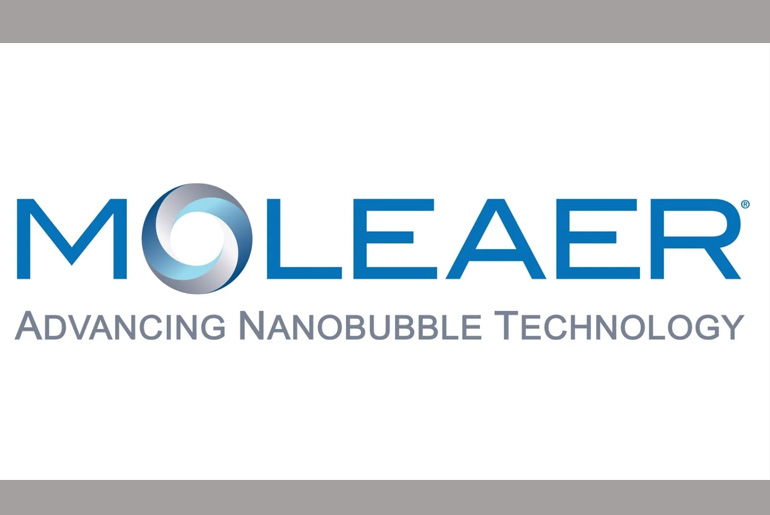The world leader in nanobubble technology, Moleaer, has announced a patent-pending innovation that could greatly improve the performance of water treatment membranes and filters, PEM fuel cells, lithium-ion batteries, and green hydrogen production. By incorporating nanobubbles into the thin-film manufacturing process, the invention enhances the structural quality and porosity of films utilized in vital technologies such as ultrafiltration membranes, fuel cells, batteries, and electrolyzers.
By adding billions of nanobubbles to liquid coatings during production, this new, gentle method helps mix the materials better and improves the size of the tiny holes, which are both important for making thin films work better. The procedure creates films with constant and controllable porosity and particle sizes by stabilizing inks, enhancing layer uniformity, expanding useful surface area, and optimizing pore size distribution. Across all clean technology industries, these advances result in increased longevity, power output, and efficiency:
- PEM fuel cell cathode catalyst layer: up to 20% higher power output from the same active area, reducing size, weight, and cost per watt for applications like vehicles and portable power systems.
- Ultrafiltration membranes: up to 66% increase in water permeability due to increased surface porosity and cross-sectional porosity, while maintaining structural integrity and water quality, leading to reduced energy consumption.
- PEM water electrolyzers (green hydrogen) anode catalyst layers: 17% improvement in current density at operational voltages, lowering the energy and cost of green hydrogen production.
- Lithium-ion NMC cathodes: increased capacity retention and enhanced performance at high C rates, supporting extended battery cycle life and faster charging.
“Thin films are foundational to clean energy and water technologies, yet traditional manufacturing methods limit how much performance we can unlock from them,” stated Nick Dyner, CEO of Moleaer. “Our nanobubble-enabled process addresses those limitations, without changing formulas or processes, delivering gains in power, efficiency, and sustainability.”
Independent validation and peer evaluation of the patent-pending procedure show that nanobubbles can be accurately and consistently added to production lines. This technique improves uniformity, reduces flaws, and enhances overall thin film performance by influencing nanoscale material organization.
“Nanobubbles act like invisible scaffolding,” stated Dr. Mohamed Abdelrahman, Senior R&D Application Engineer at Moleaer. “They improve how materials self-organize during fabrication, leading to higher-performing films with less waste and fewer defects.”
As the need for water and clean energy technology grows, Moleaer’s invention offers a practical and affordable answer. Because the procedure is completely compatible with current coating methods, firms seeking performance enhancements without additional complexity can easily implement it.
Moleaer wants to work with top membrane and energy production firms to commercialize this technology.



